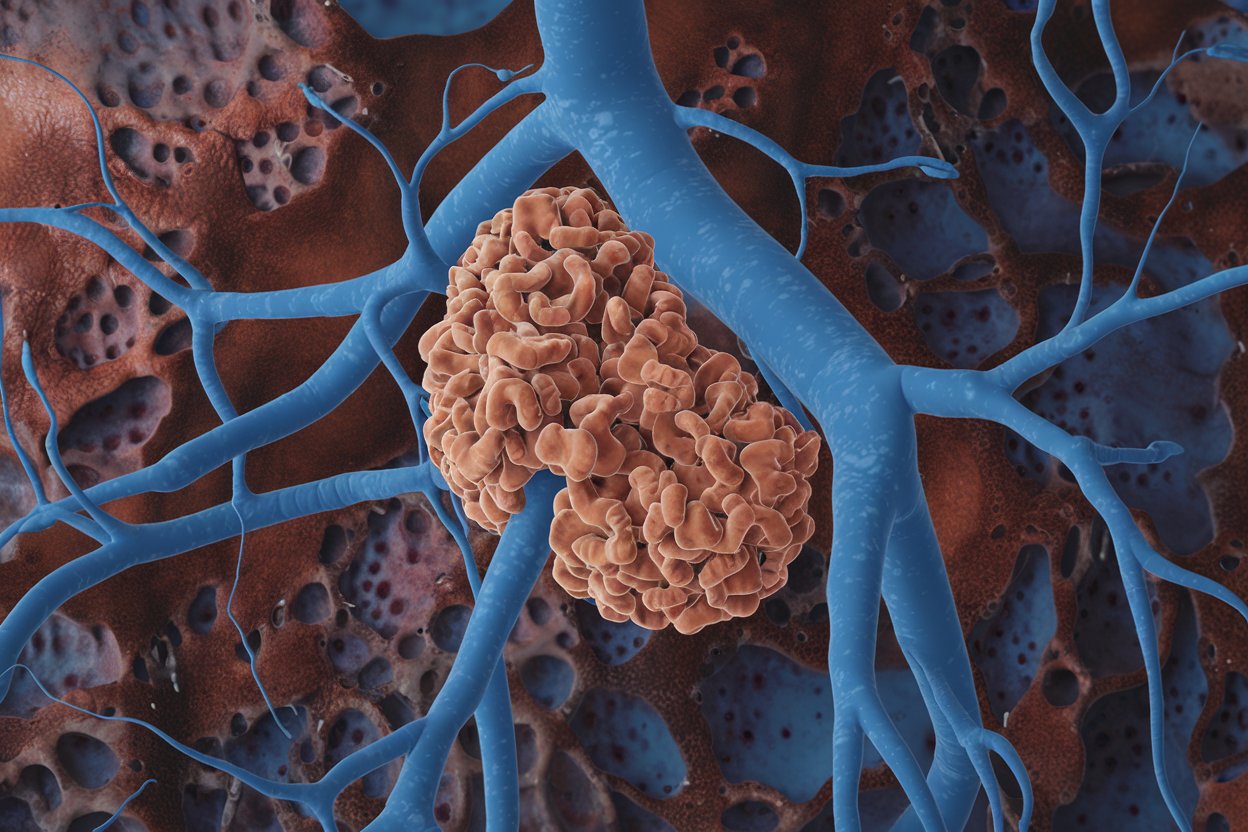
Diffuse small cleaved-cell lymphoma (DSCL) is a type of non-Hodgkin lymphoma that primarily affects the lymphatic system. This rare cancer involves small, irregularly shaped lymphocytes, which can make diagnosis tricky. Symptoms often include swollen lymph nodes, fever, night sweats, and unexplained weight loss. Treatment options vary but may include chemotherapy, radiation, or targeted therapies. Understanding DSCL is crucial for early detection and effective management. Did you know that DSCL is more common in older adults? This post will explore 25 intriguing facts about DSCL, shedding light on its causes, symptoms, treatments, and more.
Key Takeaways:
- Diffuse Small Cleaved-Cell Lymphoma (DSCL) is a slow-progressing type of non-Hodgkin lymphoma that primarily affects B-cells and commonly presents in middle-aged and older adults.
- Recognizing symptoms, early diagnosis, and proper treatment can improve the prognosis for DSCL, with many patients living for years with the disease. Regular follow-up care is essential for monitoring.
What is Diffuse Small Cleaved-Cell Lymphoma (DSCL)?
Diffuse small cleaved-cell lymphoma (DSCL) is a type of non-Hodgkin lymphoma. It affects the lymphatic system, which is part of the immune system. Understanding DSCL can help in recognizing symptoms and seeking timely treatment.
- DSCL is a subtype of follicular lymphoma, which is a common form of non-Hodgkin lymphoma.
- It primarily affects B-cells, a type of white blood cell crucial for immune response.
- The term "small cleaved-cell" refers to the appearance of the cancerous cells under a microscope.
- DSCL is considered an indolent lymphoma, meaning it progresses slowly compared to other types.
- It often presents in middle-aged and older adults, typically around the age of 60.
Symptoms of DSCL
Recognizing the symptoms of DSCL can lead to early diagnosis and better management of the disease. Symptoms can vary but often include the following:
- Swollen lymph nodes, especially in the neck, armpits, or groin, are common.
- Unexplained weight loss can be a sign of DSCL.
- Fever without any obvious infection may occur.
- Night sweats that soak clothing and sheets are a frequent symptom.
- Persistent fatigue and a general feeling of weakness are often reported.
Diagnosis of DSCL
Diagnosing DSCL involves several tests and procedures to confirm the presence and extent of the disease. Early and accurate diagnosis is crucial for effective treatment.
- A biopsy of the affected lymph node is the primary method for diagnosing DSCL.
- Imaging tests like CT scans and PET scans help determine the spread of the lymphoma.
- Blood tests can reveal abnormalities in blood cell counts and other indicators.
- Bone marrow biopsy may be performed to check if the lymphoma has spread to the bone marrow.
- Flow cytometry is a lab technique used to analyze the characteristics of the cancer cells.
Treatment Options for DSCL
Treatment for DSCL varies based on the stage and severity of the disease. Options range from watchful waiting to aggressive therapies.
- Watchful waiting is often recommended for early-stage DSCL with no symptoms.
- Chemotherapy is a common treatment, using drugs to kill cancer cells.
- Immunotherapy helps boost the body's immune system to fight the lymphoma.
- Radiation therapy may be used to target specific areas affected by the lymphoma.
- Stem cell transplant can be an option for patients who do not respond to other treatments.
Prognosis and Survival Rates
Understanding the prognosis and survival rates for DSCL can provide insight into the likely course of the disease and the effectiveness of treatments.
- The prognosis for DSCL varies, but many patients live for years with proper treatment.
- The five-year survival rate for DSCL is around 70-80%, depending on various factors.
- Factors affecting prognosis include the stage at diagnosis, patient age, and overall health.
- Regular follow-up care is essential to monitor for recurrence or progression of the disease.
- Advances in treatment options continue to improve the outlook for DSCL patients.
Final Thoughts on DSCL
Understanding Diffuse small cleaved-cell lymphoma (DSCL) can be a game-changer for those affected. This type of non-Hodgkin lymphoma primarily impacts B-cells, crucial for the immune system. Early detection and treatment options like chemotherapy and radiation therapy can significantly improve outcomes. Knowing the symptoms, such as swollen lymph nodes, fever, and weight loss, helps in seeking timely medical advice.
Research is ongoing, offering hope for better treatments and possibly a cure. Staying informed about the latest advancements and maintaining regular check-ups can make a big difference. Support from healthcare professionals, family, and friends is invaluable.
By spreading awareness and understanding, we can help those battling DSCL feel less alone. Knowledge truly is power in the fight against this disease.
Frequently Asked Questions
Was this page helpful?
Our commitment to delivering trustworthy and engaging content is at the heart of what we do. Each fact on our site is contributed by real users like you, bringing a wealth of diverse insights and information. To ensure the highest standards of accuracy and reliability, our dedicated editors meticulously review each submission. This process guarantees that the facts we share are not only fascinating but also credible. Trust in our commitment to quality and authenticity as you explore and learn with us.
